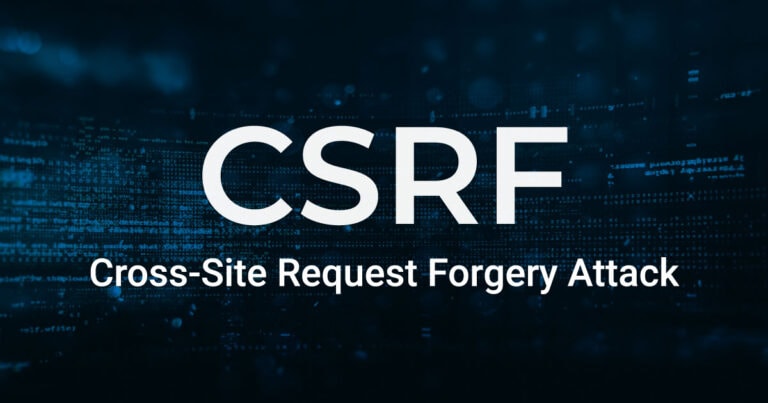justineanweiler.com – With cyber threats becoming more advanced every day, IT teams are tasked with defending their organizations from hackers seeking unauthorized access to data and systems. From preparation to response, IT professionals use a variety of strategies to detect, mitigate, and recover from attacks. Here’s a look at the key defenses they use to protect against these threats.
1. Building a Strong Defense Before Attacks Happen
The best way to handle cyber threats is to be ready before they happen. IT teams focus on strengthening their organization’s systems, making it difficult for hackers to find weaknesses. They use several proactive strategies:
- Network and Endpoint Security: Firewalls, intrusion prevention systems (IPS), and endpoint security software act as the first line of defense, blocking unauthorized access and malware before it reaches sensitive data.
- Regular Software Updates: IT teams ensure all software, systems, and applications are up-to-date, patching any security gaps hackers could exploit.
- Access Controls and Multi-Factor Authentication (MFA): By implementing strict access controls and requiring multiple authentication steps, only authorized users can access sensitive data, reducing the risk of unauthorized entry.
- Employee Training: IT teams regularly train staff to recognize phishing and other social engineering tactics, helping reduce human error—a common weak link in cybersecurity.
2. Detecting Threats in Real Time
Early detection is crucial to stopping an attack before it escalates. IT teams use real-time monitoring tools and threat detection methods to spot suspicious activity quickly:
- Security Information and Event Management (SIEM): SIEM systems collect and analyze network data in real-time, alerting IT teams to unusual activity that could indicate an attack.
- Anomaly Detection: By using AI and machine learning, IT teams can detect unusual system behavior, which may be an early sign of an attack.
- Threat Intelligence: IT teams stay updated on global cyber threats to recognize common tactics used by hackers, making it easier to spot and respond to emerging threats.
3. Responding Quickly to Contain the Attack
When an attack is detected, a fast and organized response is critical. Incident response protocols outline steps for IT teams to contain and neutralize the threat. Key actions include:
- Isolating Affected Systems: Quickly identifying and isolating impacted systems prevents the attack from spreading across the network.
- Blocking Malicious Activity: Using firewalls and security software, IT teams can block malicious IP addresses or stop unauthorized processes.
- Restricting Access: In the case of unauthorized access, IT teams reset passwords and limit permissions for potentially compromised accounts.
- Coordinated Communication: IT teams work closely with relevant departments to inform them about the incident and keep everyone on the same page, particularly if the attack affects customers or service availability.
4. Analyzing and Recovering After the Incident
After the attack is contained, IT teams focus on recovery and prevention to ensure the organization is better prepared for future incidents. This stage involves:
- Root Cause Analysis: By identifying how the attack occurred, IT teams can address weaknesses and prevent similar incidents.
- Data and System Restoration: Using secure backups, IT teams restore data and systems to normal operation as quickly as possible.
- Strengthening Security Measures: Based on lessons learned from the incident, IT teams improve security protocols and add additional protections.
- Incident Review and Documentation: IT teams document the entire attack and response process, using this information to enhance future incident response plans.
Conclusion
IT teams play a vital role in protecting organizations from increasingly complex cyber threats. Through careful preparation, continuous monitoring, rapid response, and post-attack improvements, they work tirelessly to keep data and systems secure. As cyber threats evolve, IT teams continue to adapt, using new technologies and strategies to stay one step ahead of potential attackers.




